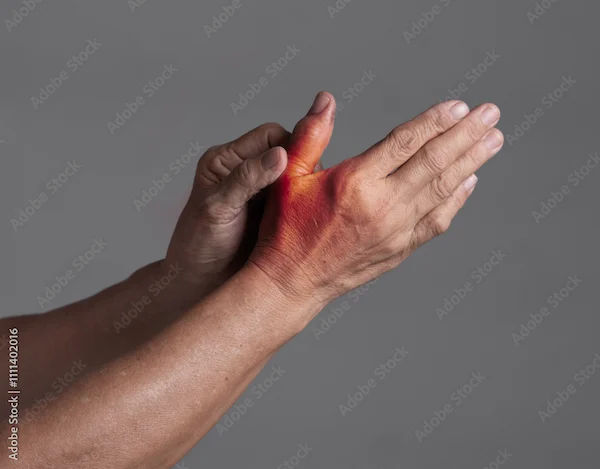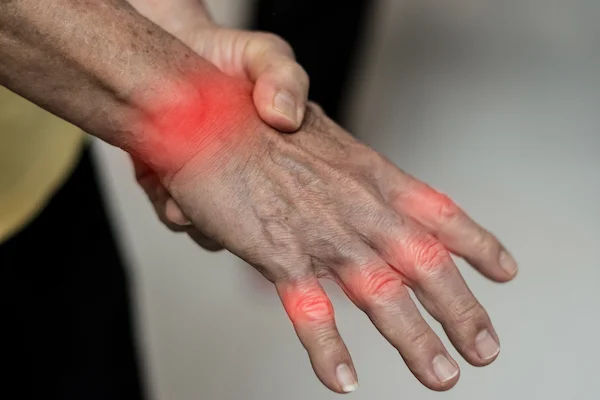Exercises Suitable for Arthritis Management
Exercises suitable for arthritis, why is it important, best exercises, exercises to avoid and useful tips for arthritis management.


Introduction
Living with arthritis can be challenging, but staying active is one of the best ways to manage pain, improve mobility, and maintain overall health. The right exercises can help strengthen muscles, reduce stiffness, and enhance joint flexibility without causing further damage.
If you have arthritis, you might worry that exercise will worsen your pain. However, gentle and controlled movements can help ease discomfort and improve your quality of life. Let’s explore some safe and effective exercises for arthritis management.
Why Exercise is Important for Arthritis?
Before diving into exercises, it’s essential to understand why physical activity is beneficial:
Reduces Joint Pain & Stiffness – Movement helps lubricate joints, reducing discomfort.
Strengthens Muscles – Stronger muscles support and protect joints.
Improves Flexibility & Range of Motion – Stretching prevents stiffness.
Boosts Mood & Energy – Exercise releases endorphins, which help combat fatigue and depression.
Maintains a Healthy Weight – Excess weight puts extra strain on joints, especially knees and hips.
Best Exercises for Arthritis
1. Low-Impact Aerobic Exercises
These exercises get your heart pumping without stressing your joints.
Walking – A simple, effective way to stay active. Use supportive shoes and walk on even surfaces.
Swimming or Water Aerobics – Water supports body weight, reducing joint pressure.
Cycling (Stationary or Outdoor) – Gentle on knees and hips while improving endurance.
Elliptical Training – Mimics walking or running with minimal joint impact.
Tip: Start with 10-15 minutes daily and gradually increase duration.
2. Strength Training
Strong muscles help protect joints. Use light weights or resistance bands.
Leg Lifts – Strengthen thighs and hips while sitting or lying down.
Wall Push-Ups – Easier on wrists and shoulders than floor push-ups.
Bicep Curls – Use light dumbbells or resistance bands to strengthen arms.
Seated Knee Extensions – Strengthen quadriceps without straining knees.
Tip: Perform 2-3 sets of 8-12 repetitions, 2-3 times a week.
3. Flexibility & Stretching Exercises
Stretching keeps joints mobile and reduces stiffness.
Neck & Shoulder Rolls – Relieves tension in the upper body.
Seated Forward Bend – Stretches hamstrings and lower back.
Wrist & Ankle Circles – Improves flexibility in smaller joints.
Yoga & Tai Chi – Gentle movements enhance balance and relaxation.
Tip: Hold stretches for 15-30 seconds without bouncing.
4. Balance Exercises
Arthritis can affect stability, increasing fall risk. Try:
Heel-to-Toe Walk – Improves coordination.
Standing on One Leg – Strengthens ankles and knees (use support if needed).
Chair Stands – Sit and stand repeatedly to build leg strength.
Tip: Practice near a wall or chair for support.
Consult a joint specialist for the best advice
Exercises to Avoid
While movement is beneficial, some activities may worsen arthritis pain:
High-impact exercises (running, jumping)
Heavy weightlifting
Repetitive motions (like excessive squatting)
Activities that cause sharp pain
Listen to your body—if an exercise hurts, stop and modify it.
Tips for Safe Exercise with Arthritis
Tips for safe exercise with arthritis include:
1. Warm Up First – Gentle movements prepare joints for activity.
2. Start Slow – Gradually increase intensity and duration.
3. Use Proper Form – Incorrect posture can strain joints.
4. Apply Heat or Ice – Heat relaxes stiff joints before exercise; ice reduces swelling afterwards.
5. Stay Hydrated – Water keeps joints lubricated.
6. Wear Supportive Shoes – Cushioned footwear reduces joint stress.
7. Rest When Needed – Don’t overdo it; take breaks.
When to See a Doctor?
While exercise helps, consult a doctor if you experience:
Severe or worsening pain during/after exercise
Swelling that doesn’t improve with rest
Joint instability or locking
A physiotherapist can also design a personalised exercise plan.
Final Thoughts
Arthritis doesn’t mean you should stop moving—instead, the right exercises can help you stay active and pain-free. Start with gentle activities, listen to your body, and make adjustments as needed.
Consult a joint specialist for the best advice
Consult a joint specialist for the best advice
Dr. Anil Sharma
Orthopaedician
42 Years • MBBS, MS Orthopedics
New Delhi
AAKASH MEDSQUARE, New Delhi

Dr. Anil Pradeep Jadhav
Orthopaedician
23 Years • MBBS MS (Ortho)
Nashik
Apollo Hospitals Nashik, Nashik
(25+ Patients)

Dr. Manoj Dinkar
Orthopaedician
15 Years • MBBS, Dip (Orthopaedics)
New Delhi
THE DOCTORS NESST, New Delhi

Dr. Mriganka Ghosh
Orthopaedician
11 Years • MD (Physician), DNB (Orthopaedics)
Howrah
Dr Mriganka Mouli Ghosh, Howrah

Dr. Pradeep Lucas
Orthopaedician
7 Years • MBBS, Diploma in Orthopaedics, Fellowship in DFSI
Bengaluru
Revival Multispeciality Clinic, Bengaluru

